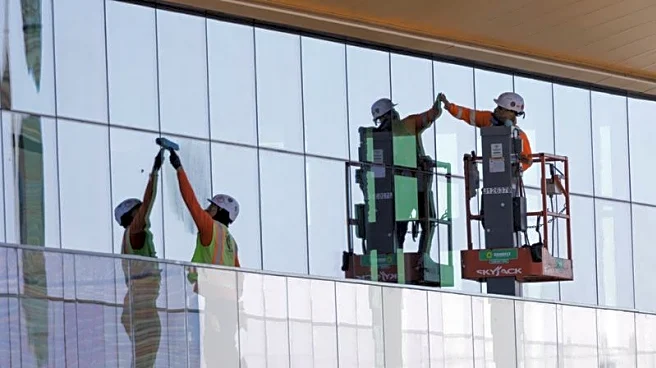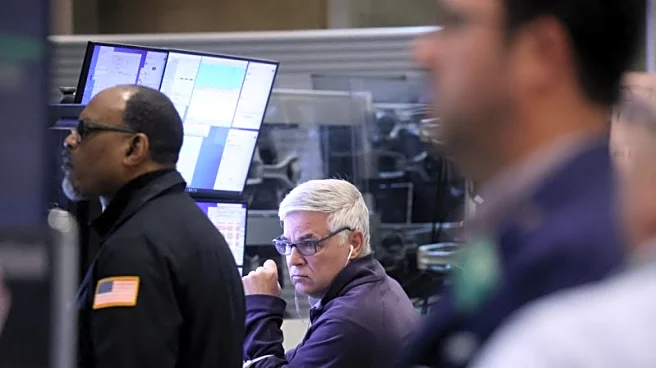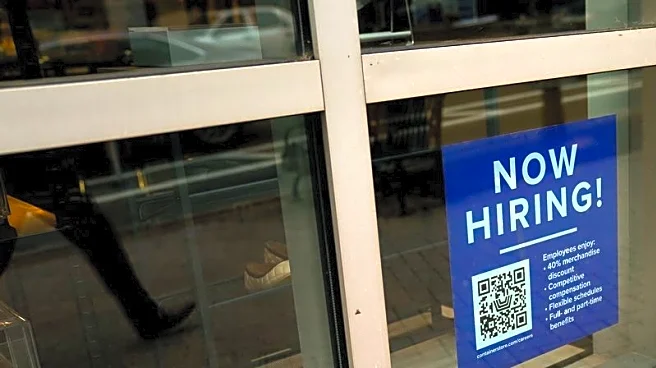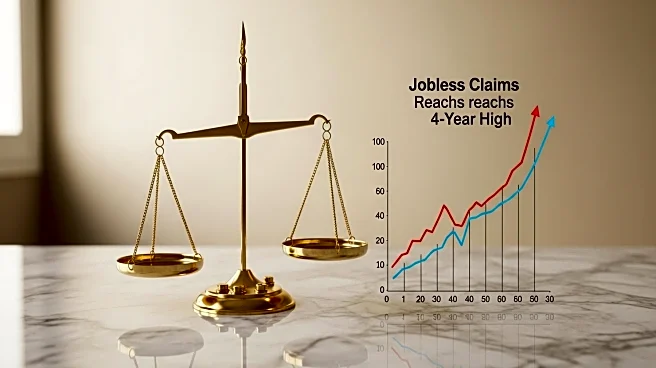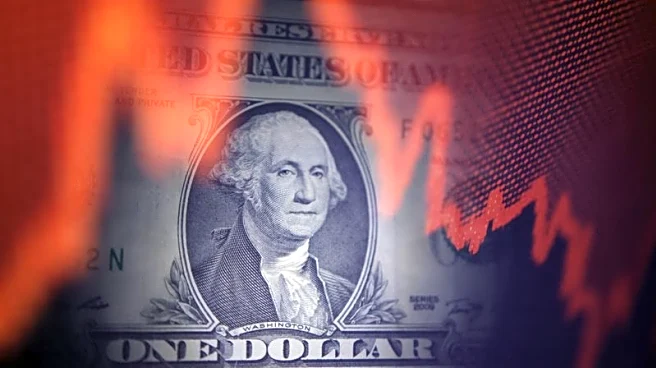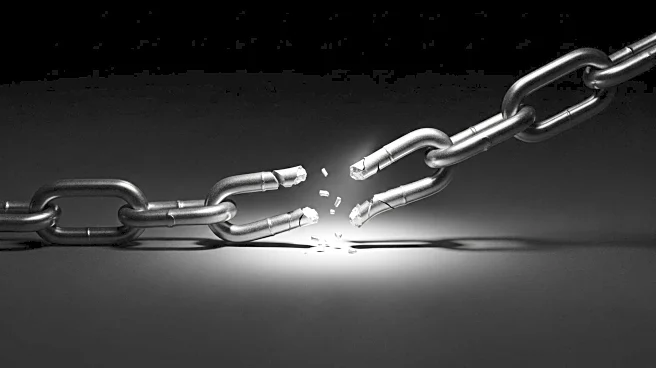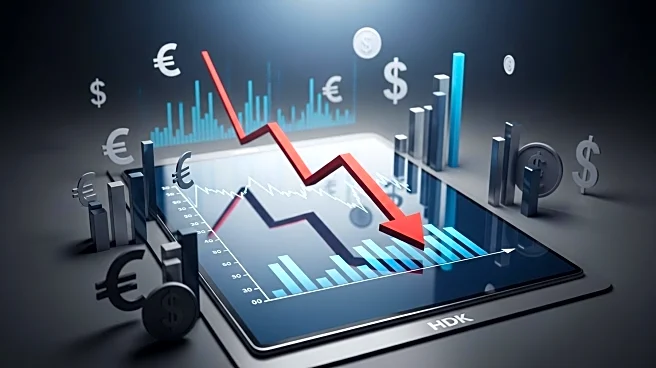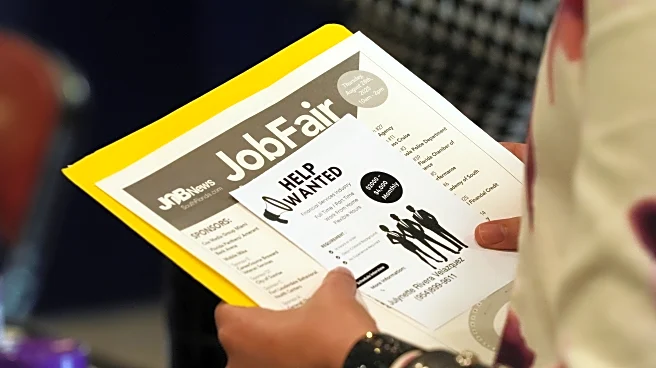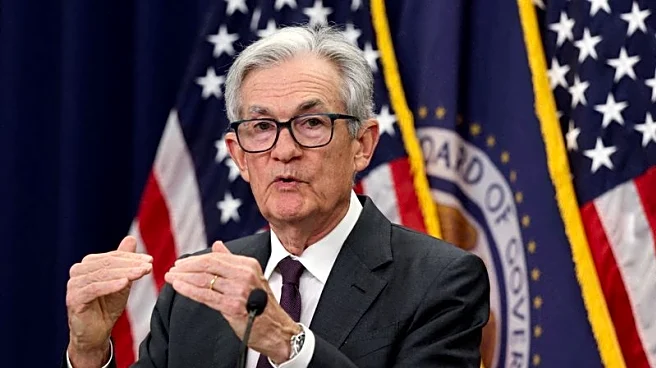What is the story about?
What's Happening?
The number of Americans filing for unemployment benefits rose to 263,000 for the week ending September 6, marking the highest level in nearly four years. This increase in jobless claims suggests a weakening labor market, with businesses potentially hesitant to hire due to economic uncertainties. The rise in unemployment applications comes amid broader concerns about the U.S. economy, as growth has slowed and job gains have been revised downward. The Federal Reserve is expected to cut interest rates in response to these labor market challenges, despite elevated inflation levels.
Why It's Important?
The surge in jobless claims highlights the fragility of the U.S. labor market, which is a critical component of economic stability. Rising unemployment can lead to reduced consumer spending and economic growth, posing challenges for policymakers. The Federal Reserve's anticipated rate cut aims to stimulate the economy and support job creation, but it also risks further inflation. The situation underscores the delicate balance between addressing labor market weaknesses and managing inflationary pressures. Businesses and workers may face continued uncertainty as economic conditions evolve.
What's Next?
The Federal Reserve's upcoming interest rate decision will be pivotal in shaping economic policy. A rate cut is expected to provide relief to the labor market, but the Fed must also consider the potential inflationary impact. Policymakers will need to monitor economic indicators closely to adjust their approach as needed. Businesses may need to reassess hiring and investment strategies in light of changing economic conditions. The ongoing effects of trade policies and tariffs will continue to influence the labor market and broader economic landscape.
AI Generated Content
Do you find this article useful?


